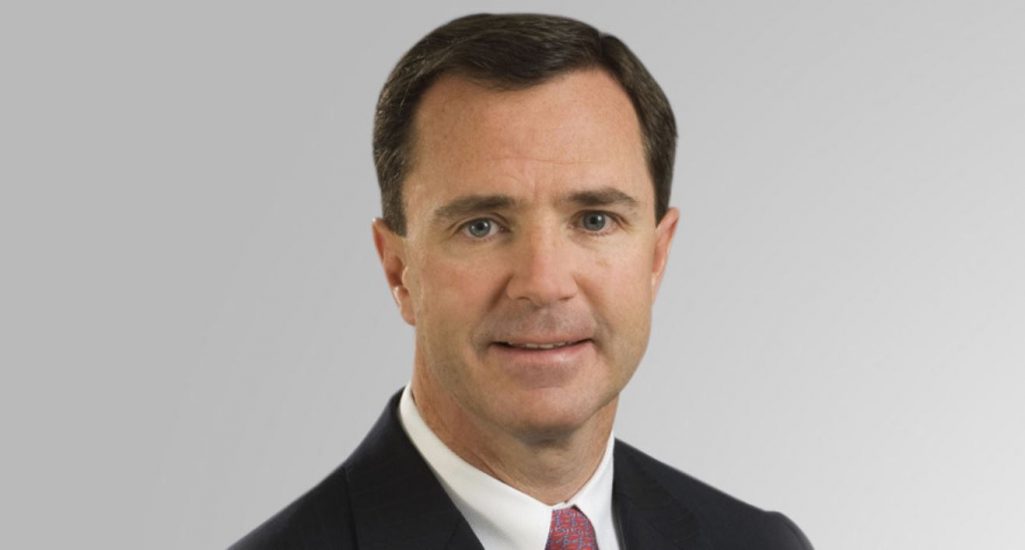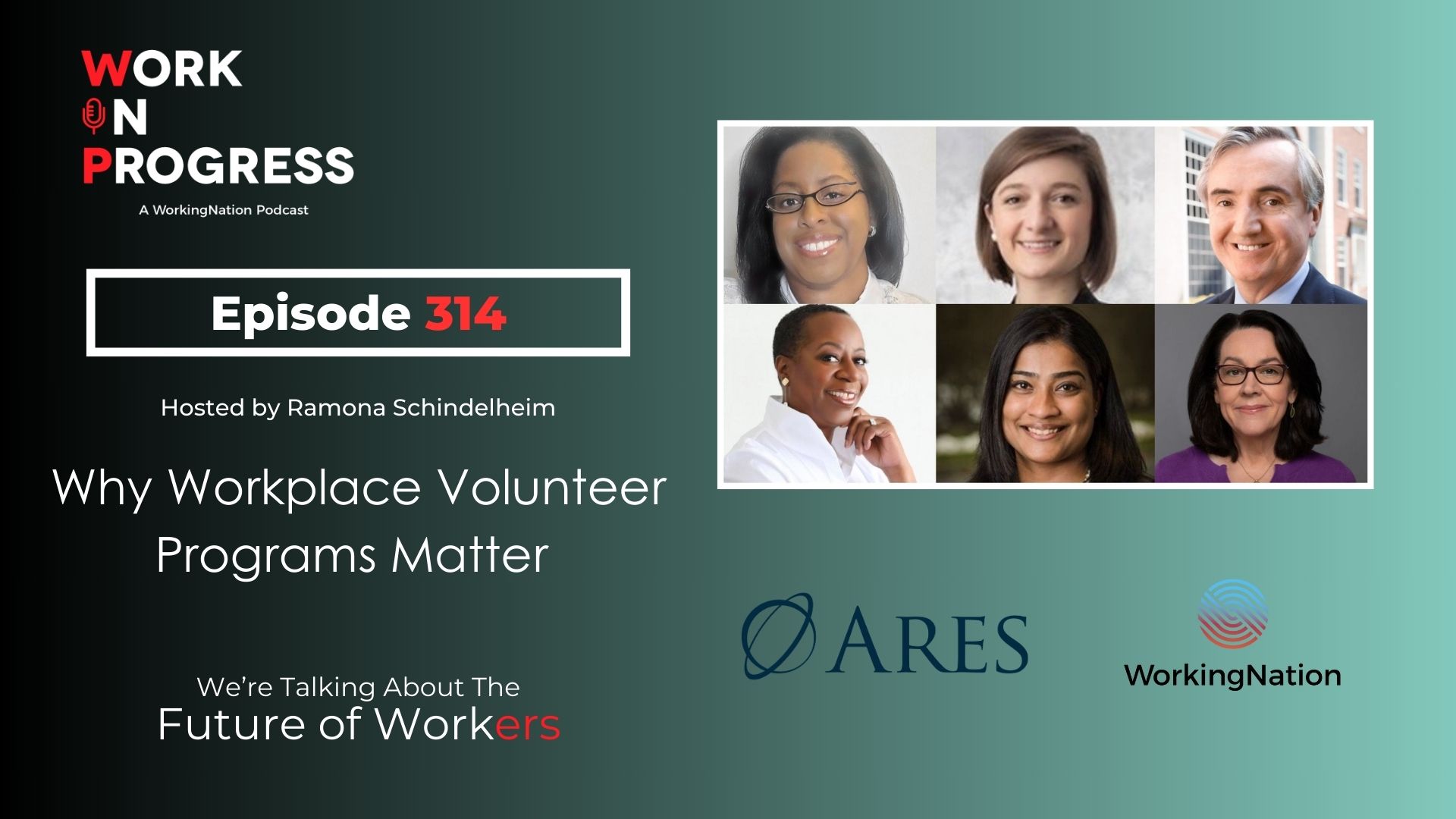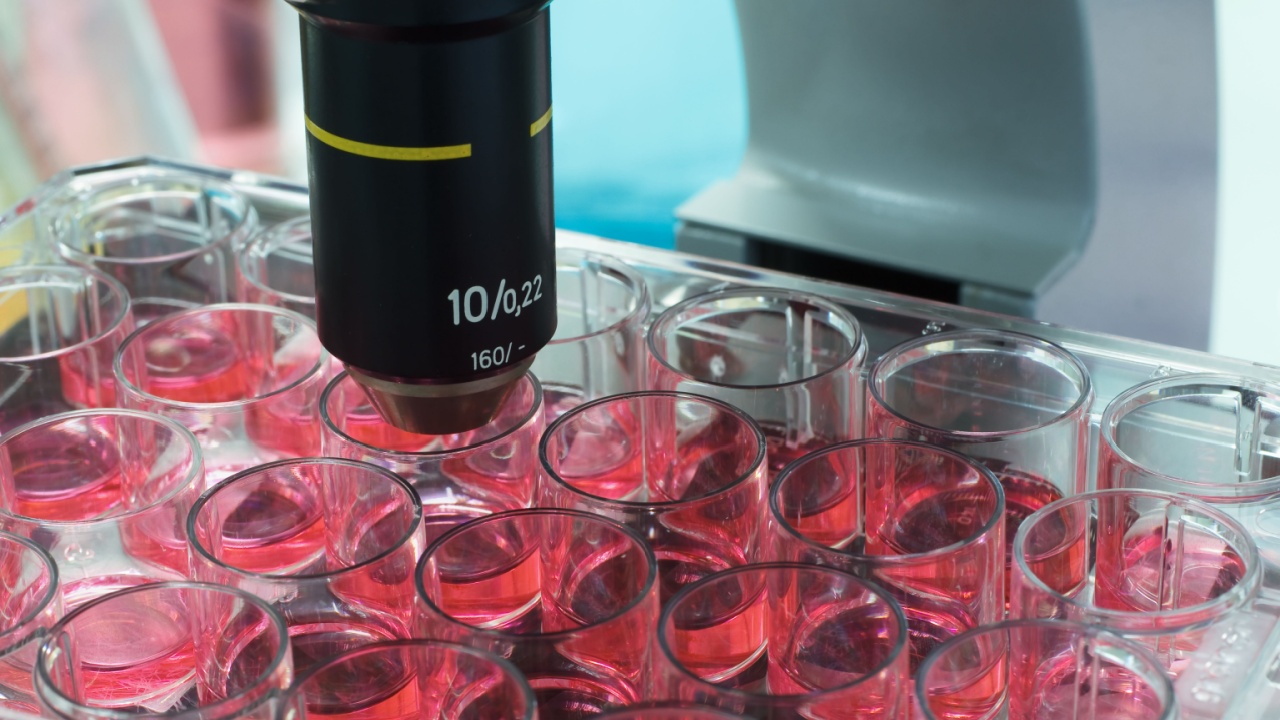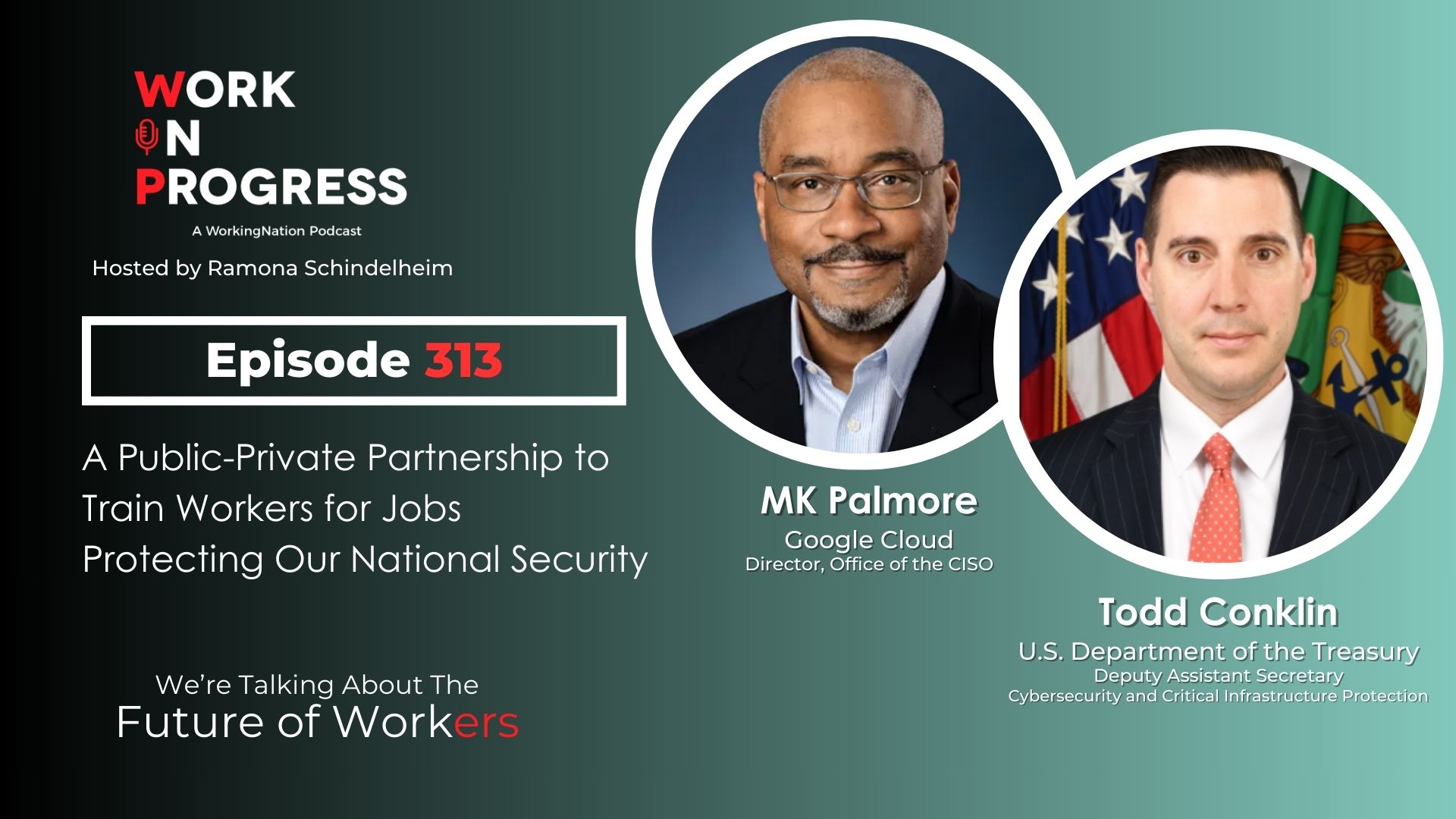WorkingNation consultant and workforce reporter Ramona Schindelheim continues her series of interviews with America’s top CEOs about solutions to closing the skills gap.
In about three months’ time, scientists and forecasters will get full access to the most advanced weather satellite ever built by NASA on behalf of the National Oceanic and Atmospheric Administration (NOAA). Launched on Nov. 18, the polar-orbiting NOAA-20 will send back data that will allow forecasters to better predict a hurricane’s path three to seven days out, giving emergency responders a jump-start on evacuations and other preparations. The satellite is equipped with five upgraded, next-generation instruments, built by major aerospace companies including Raytheon, Northrop Grumman and Harris Corporation.
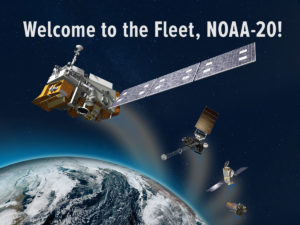
Harris Corp’s contribution to NOAA-20 is CrIS, an extremely sensitive piece of equipment which measures light, moisture, and temperature in the Earth’s atmosphere using 2,211 infrared channels. The technological advancement is remarkable and is easy to see — the last version of CrIS used just 19 infrared channels.
“All of our engineers work on challenging and complex problems, and some are truly considered national assets because of the knowledge and experience that they bring,” Harris CEO William Brown recently told an Aerospace Industries Association (AIA) summit aimed at building Florida’s aerospace workforce of the future.
But, according to Harris, between a business boom in the aerospace and defense industry and an aging workforce, there is a shortage of people and talent.
“Today, more than ever, we face stiff competition for high-quality talent, technically-astute people with problem-solving skills. About 50 percent (of our current workforce) are retirement-eligible in the next five years. We need to be thoughtful and methodical about hiring ahead of the curve, and effectively transferring knowledge from the more-experienced to the less-experienced people,” Brown said.
The aerospace and defense industry employs around 2.4 million Americans, with more than 70,000 workers in Harris’ home state of Florida alone. In an interview after the summit, Brown told me that the company employs about 7,700 scientists and engineers worldwide, about 40 percent of its 17,000-strong workforce.
“To address projected demand and offset retirements and normal attrition, Harris anticipates hiring 5,000 engineers over the next five years – primarily in software and electrical engineering and cybersecurity.”

Developing the workforce of the future at Harris, like many other companies, takes many shapes. “College recruiting is critical to ensuring we have the technical depth throughout our organization. We hire between 250-350 college graduates each year – mostly in technical disciplines,” Brown says.
Working with colleges is something Harris has been doing for more than half a century. “We partner with 11 focus universities — funding research, internships and educational activities, and helping shape curriculums to ensure students have the necessary skills and are well-prepared to enter the workforce,” according to Brown. The company goes as far as dedicating a senior-level executive to each focus school “to help build strong, long-standing relationships.”
RELATED STORY: America still a leader in aerospace manufacturing
For one of its most coveted college initiatives, the Villanova Summer Innovation Incubator, Harris established an innovation two-month summer residency program that emphasizes problem-solving and critical thinking.
“Students work in interdisciplinary, self-directed teams to identify an innovative solution to an unmet societal or technological issue of their choosing. Teams assume full project management responsibility — from initial design through prototype delivery,” Brown says.
Harris pays for the program through an annual $72,000 grant. Participants receive stipends, free room and board, project budgets, and access to the University’s labs and facilities. According to Harris, the program concludes with a visit to company headquarters to present their findings. At least one of the students has gone on to work for the company.
Harris, along with AIA, sponsors one of the industry’s premier youth student-engagement programs, the Team America Rocketry Challenge. TARC, as it has been known throughout its 15 years, is the world’s largest student rocketry competition. The aim: helping students up through the 12th grade develop a love of science and technology, leading them to pursue education and career in STEM fields, specifically in the aerospace industry.
“As the pool of available STEM talent becomes scarcer,” says Brown, “partnerships with organizations that expand the size of our talent pool will become even more critical. We support a variety of organizations to expand the STEM pool at every grade level. Over the past decade, we have contributed more than $22 million to educational institutions and employees have volunteered thousands of hours supporting STEM programs. For example, we partner with Junior Achievement to conduct ‘JA in a Day’ workshops to teach elementary school children about business. We also partner with organizations like INROADS, the Society of Women Engineers, AnitaB.org, and the National Society of Black Engineers.”
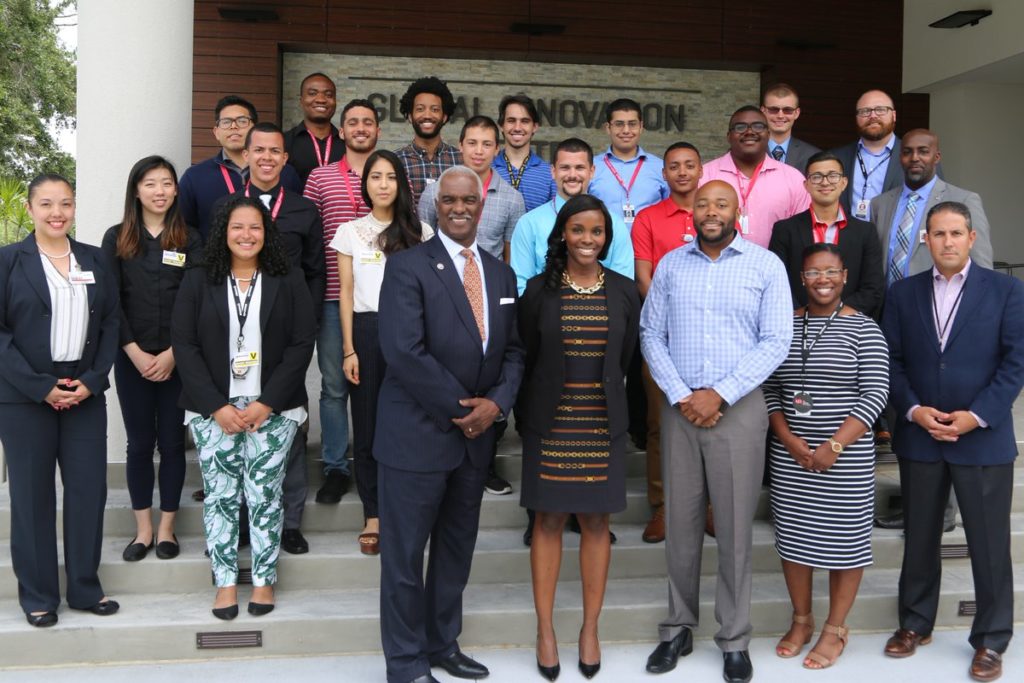
Harris is among the top ten corporations working with INROADS, a nonprofit committed to developing talent, particularly among underserved youth, and placing them in internships in corporate America. Through INROADS, interns work with trainers, mentors, and recruiters and are placed in paid internships with more than 200 companies such as Harris. INROADS boasts an enviable intern success rate — 82 percent of its graduating college seniors end up working for their sponsoring company. That’s about 15 percent higher than other, external internship programs, according to INROADS.
RELATED STORY: Do Something Awesome – The sky’s the limit
Brown tells me that developing a diverse workforce is another critical component to the company’s continuing success. “Inclusion is critical. The most innovative solutions stem from a diversity of ideas, and we strive to maintain a culture that fosters open exchanges across all groups. This requires attracting and retaining diverse talent.”
Harris Corporation sponsors eight very active and engaged employee resource groups and has established the Harris Women’s Leadership Initiative. “We have increased female representation in the leadership ranks from 19 percent to more than 32 percent in the past five years. This is progress, but we need to do more — as a company and as an industry.” Brown says that Harris also has an ongoing commitment to hiring veterans. “Our nation’s military represents another important source of technical talent and diverse thinking. Active and former military are key to our recruiting efforts. About 15% of our workforce and 15% of our hires each year are veterans.”
Harris’ Technology Expo and the Engineering Week celebration highlight the critical role that innovation plays in the company’s success and is meant to celebrate engineers and inspire future generations. “The Tech Expo features demonstrations of key next-generation innovations and is held at our new Global Innovation Center. The Expo is open to various industry stakeholders – creating an opportunity to exchange ideas for future innovations. Many of the activities are open to students and to employees’ families,” explains Brown.
“During E-Week, we annually salute our engineers’ many innovations and accomplishments with technical presentations and creative engineering contests,” Brown says. “The week is highlighted by the naming of our highest engineering honor, the Harris Fellow.”
RELATED STORY: C-Suite Solutions – Siemens Corp. CEO Lisa Davis on reinventing the company and its workforce for the future
STEM workers form the backbone of the aerospace and defense industry. Meeting the STEM workforce shortage is a critical priority, says Brown. “A highly-skilled workforce is critical to maintaining a vibrant economy, which in turn strengthens our society. Building and sustaining a highly-skilled workforce requires a multi-year effort involving government, civic and academic institutions partnering with industry to identify new ways to attract and develop the next generation of talent. I am extremely optimistic about our nation’s future, and believe that by working together we have a great opportunity to enhance our workforce, grow our economy and further strengthen our society.”
Join the Conversation: To comment on this week’s C-Suite Solutions article, head to our Facebook page.
Catch up on previous C-Suite Solutions stories here.
Connect with Ramona via Twitter or her website. You can read her previous articles for WorkingNation at this link.

